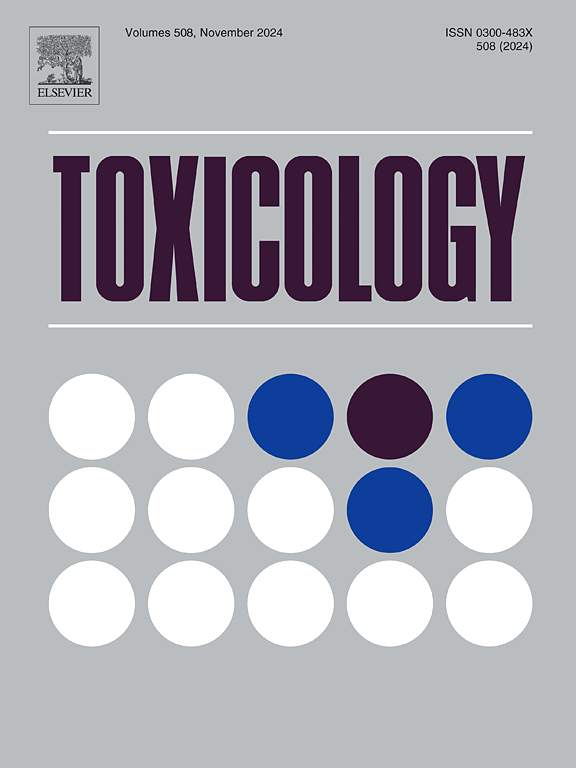Predicting in vitro assays related to liver function using probabilistic machine learning
IF 4.6
3区 医学
Q1 PHARMACOLOGY & PHARMACY
引用次数: 0
Abstract
While machine learning has gained traction in toxicological assessments, the limited data availability requires the quantification of uncertainty of in silico predictions for reliable decision-making. This study addresses the challenge of predicting the outcome of in vitro assays associated with liver function by systematically comparing various probabilistic methods. Our research fills a critical gap by integrating multiple data modalities – chemical descriptors, gene expression, and morphological profiles – into a probabilistic framework aimed at predicting in vitro assays and quantifying uncertainty. We present a comprehensive evaluation of the performance of these data modalities and describe how this framework and the in vitro assay predictions can be integrated to estimate the probability of drug-induced liver injury (DILI) occurrence. Additionally, we contribute new experimental data for reactive oxygen species generation and hepatocyte toxicity assays, providing valuable resources for future research. Our findings underscore the importance of incorporating uncertainty quantification in toxicity predictions, potentially leading to a safer drug development process and reduced reliance on animal testing.
使用概率机器学习预测与肝功能相关的体外分析。
虽然机器学习在毒理学评估中获得了牵引力,但有限的数据可用性需要对计算机预测的不确定性进行量化,以实现可靠的决策。本研究通过系统地比较各种概率方法,解决了预测与肝功能相关的体外检测结果的挑战。我们的研究通过将多种数据模式(化学描述符、基因表达和形态谱)整合到一个概率框架中,旨在预测体外分析和量化不确定性,填补了一个关键的空白。我们对这些数据模式的性能进行了全面评估,并描述了如何将该框架和体外分析预测结合起来,以估计药物性肝损伤(DILI)发生的概率。此外,我们还为活性氧生成和肝细胞毒性分析提供了新的实验数据,为未来的研究提供了宝贵的资源。我们的研究结果强调了将不确定性量化纳入毒性预测的重要性,这可能会导致更安全的药物开发过程,并减少对动物试验的依赖。
本文章由计算机程序翻译,如有差异,请以英文原文为准。
求助全文
约1分钟内获得全文
求助全文
来源期刊

Toxicology
医学-毒理学
CiteScore
7.80
自引率
4.40%
发文量
222
审稿时长
23 days
期刊介绍:
Toxicology is an international, peer-reviewed journal that publishes only the highest quality original scientific research and critical reviews describing hypothesis-based investigations into mechanisms of toxicity associated with exposures to xenobiotic chemicals, particularly as it relates to human health. In this respect "mechanisms" is defined on both the macro (e.g. physiological, biological, kinetic, species, sex, etc.) and molecular (genomic, transcriptomic, metabolic, etc.) scale. Emphasis is placed on findings that identify novel hazards and that can be extrapolated to exposures and mechanisms that are relevant to estimating human risk. Toxicology also publishes brief communications, personal commentaries and opinion articles, as well as concise expert reviews on contemporary topics. All research and review articles published in Toxicology are subject to rigorous peer review. Authors are asked to contact the Editor-in-Chief prior to submitting review articles or commentaries for consideration for publication in Toxicology.
 求助内容:
求助内容: 应助结果提醒方式:
应助结果提醒方式:


